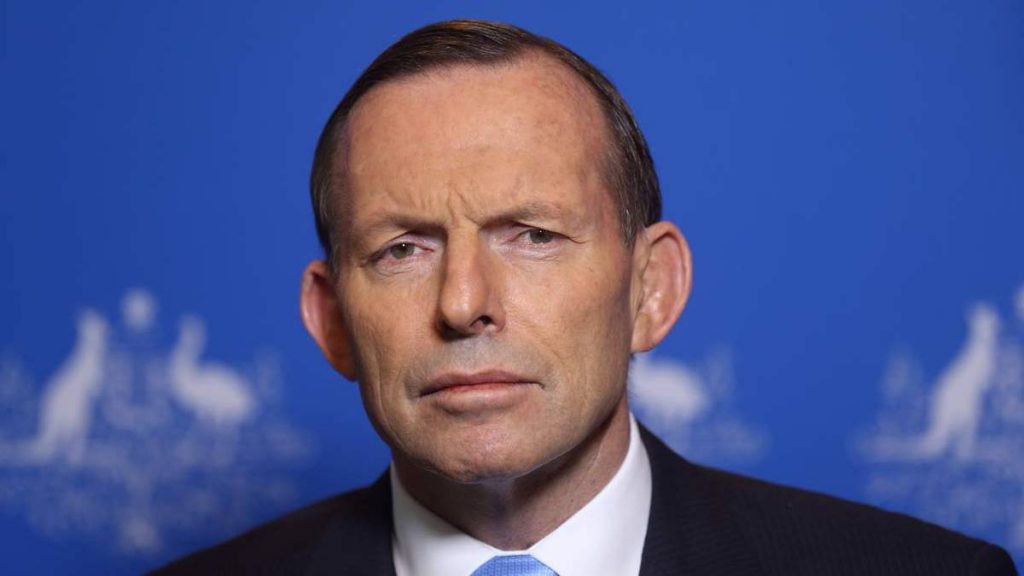Just like the party-room meeting at Parliament House, there is a very sizeable rump of people within the tech sector who are disappointed that the leadership spill motion was defeated.
For the Australian technology industry, this disappointment stems from a fairly simple equation. A successful spill motion would open the opportunity for Malcolm Turnbull to have a tilt at the leadership. Malcolm Turnbull is a friend to the industry, where our current Prime Minister is not.
Where Mr Turnbull carries an innate interest in our industry as a key element of a broader Australian economy, Mr Abbott does not.

And so it is quite natural that Australian tech leaders are disappointed that the spill motion fell short (despite the drum-beat of commentary suggesting a change of leadership is a matter of when, not if.)
The Australian industry has despaired the lack of urgency applied to the Coalition’s own policy commitments. The program of promises it took to the 2013 election have stood largely dormant.
The industry’s profile has dropped out of sight in Canberra since the September 2013 poll. It is simply not on the agenda. Where the Prime Minister, Industry Minister and Trade Minister regularly promote Australian prowess across mining and resources, agriculture, medical research and even advanced manufacturing), they have been entirely silent on our information industries.
The messaging from Canberra has been about a whole lot of industries where it believes Australia has a bright future, but a strong, home-grown tech sector is not one of them. The senior leadership team of the Abbott Government has shown little interest in, and virtually no engagement, with the local industry.
The 61-39 result from the spill ballot means the leadership question is still in play. And so it is worth taking some notes about how a new leader – let’s say Malcolm Turnbull – might view the industry.
The recent announcement of a Digital Transformation Office is a good place to start. This is the intrapreneurial agency with the Communications portfolio that is taking charge of eGovernment strategy.
This is a great initiative that will struggle to effect change from Communications. It needs more power, and more direct policy levers to pull. The DTO should be situated within the department of Prime Minister & Cabinet.
Digital service delivery is so intrinsic to government that PM&C seems the natural home for DTO anyway – especially as it has been a primary driver of public service reform in the past (I am thinking of Peter Shergold’s tenure as departmental secretary in the Howard years.)
Digital transformation is about process as much as it is about technology. It requires a fundamental change in culture and is immensely difficult to implement. Culture flows from the top. These changes must come from the PM’s office and through his department.
Even a superbly performing DTO will lack fire-power in trying to influence whole of government cultural change from a base within Communications. There are pockets of entrenched interest and intransigence on this issue across government that can only be routed through Prime Ministerial authority.
It is instructive that the Department of Finance, even with its control of purse strings, has struggled to coordinate best-practice change programs in digital service delivery.
There is a lot at stake here. The low-hanging fruit for the Digital Transformation Office is saving the Budget bottom line hundreds of millions of dollars. Cost savings are a given.
But achieving a smart, agile and tech-enabled Australian Government sends lots of messages. Canberra is enormously influential on the Australian industry, as a sophisticated buyer of technology products and services, and as a smart user of technology.
Aggressive and finely-tuned eGovernment policy (that is, digital best-practice inside government) can shift the needle in the broader digital economy in Australia. There is plenty of cross-fertilization between the public and private sectors in the technology sector, and government leadership in this area will create opportunities for critical thinking across both.
In addition to shifting the DTO into PM&C, a new leader should also consider bringing responsibility for auditing government capital expenditure on ICT (and the outcomes) also into PM&C. And to appoint the Secretary of Prime Minister & Cabinet to chair the Secretaries’ ICT Governance Board (which is currently within Finance.)
Further, the proposed Australian Government ICT Advisory board – a Coalition election promise to enable senior private sector strategic advice on technology – should similarly be structured to report through PM&C. The advisory board still has not been named, and we hope that when it finally lands its composition will be dominated by the leadership of Australian companies.
The point is this: The great opportunities of digital transformation cannot be realised by government without top-down direction. These changes are not about throwing more money at the issue. That will not work.
The direction for this important program of work must flow from the top. They must have the seal of the Prime Minister’s office, and the structure of his department. This will not happen under our current Prime Minister, but maybe it will under the next.
Do you know more? Contact James Riley via Email.

